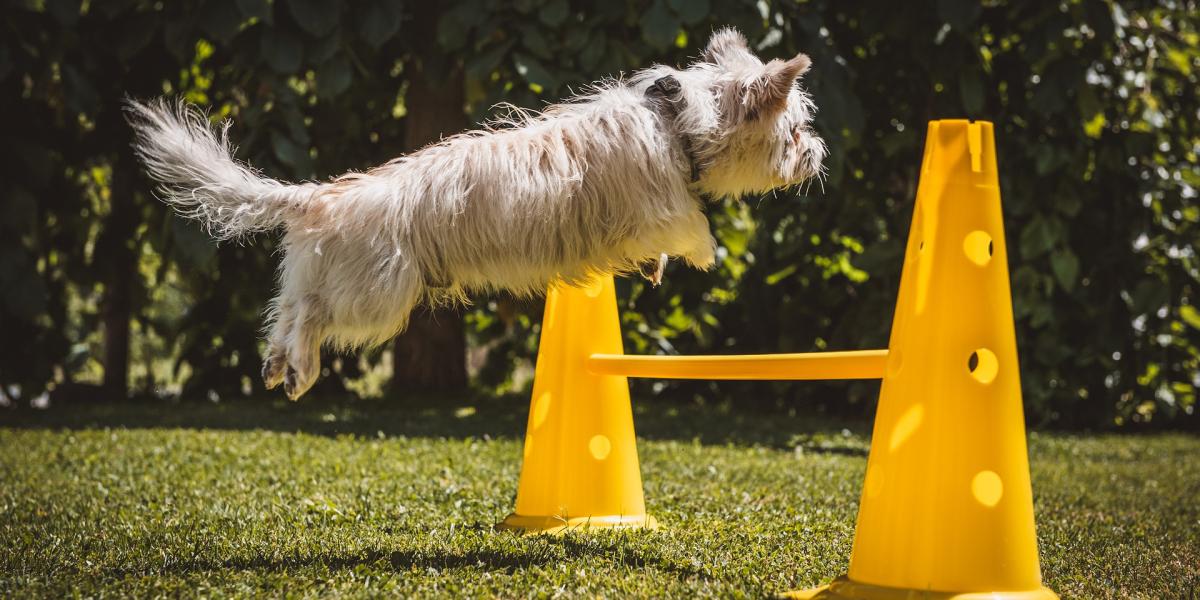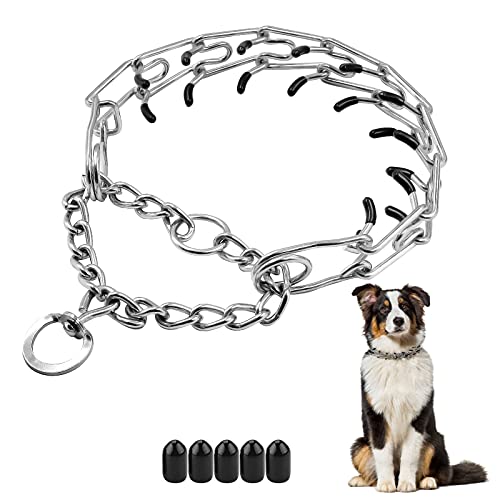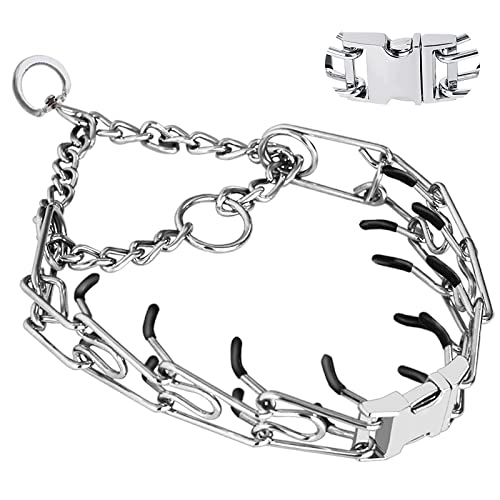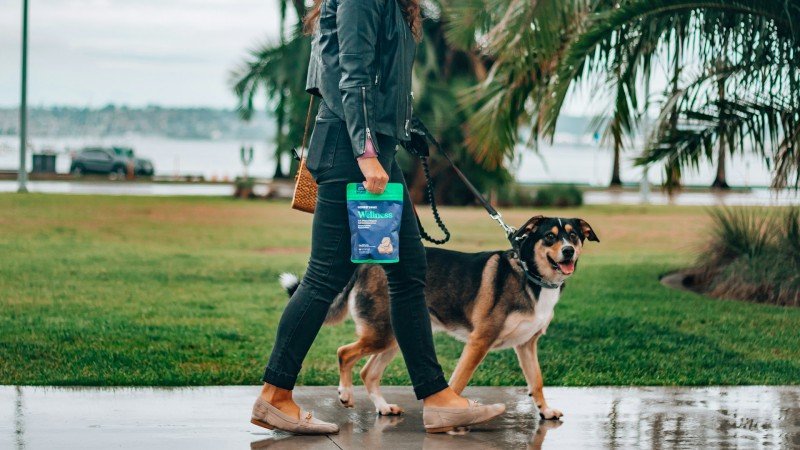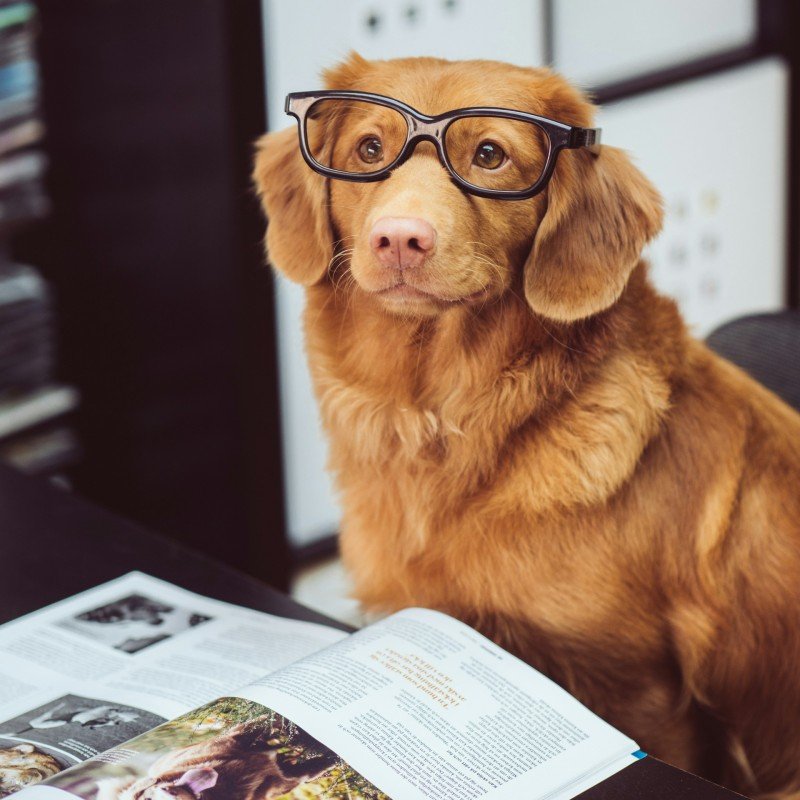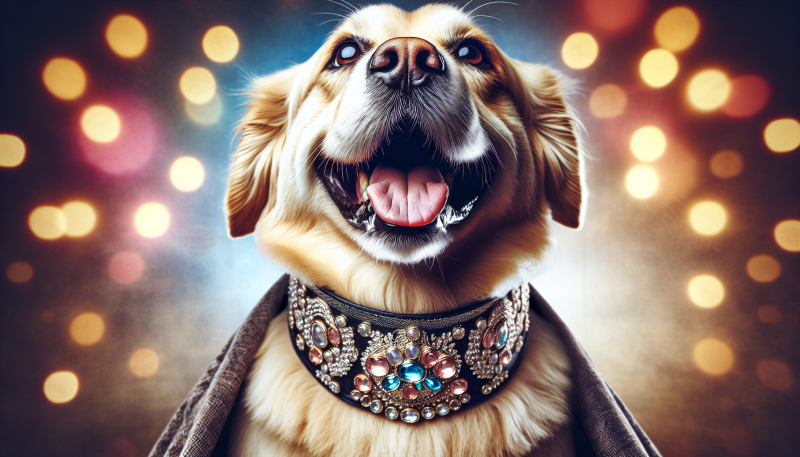Master the Art of Dog Training
Dogs are incredible creatures that possess a wide range of natural abilities. As a responsible dog owner, it is our duty to tap into these abilities and help our furry friends reach their full potential. Whether you have a young puppy or an older dog, here are some expert tips on how to unleash their natural abilities through training.
1. Instinctual Training:
Every dog is born with certain instincts, such as herding, digging, or retrieving. By understanding their breed's specific instincts, you can incorporate these qualities into their training. For example, if you have a herding dog, consider providing agility training or teaching them basic herding commands. By engaging their natural abilities, you are allowing them to do what they were born to do, resulting in a happier and more fulfilled dog.
2. Positive Reinforcement:
Dogs thrive on positive reinforcement. Rather than focusing on punishment for unwanted behavior, concentrate on rewarding and praising them when they exhibit desirable skills. This can be as simple as offering verbal praise, treats, or their favorite toy. Positive reinforcement not only builds trust and strengthens the bond between you and your dog, but it also motivates them to perform better and unleashes their innate abilities even more.
3. Mental Stimulation:
Dogs are intelligent animals, and mental stimulation is just as important as physical exercise. Engage your dog's mind by introducing various interactive toys, puzzles, or scent games that tap into their natural instincts. This will keep them mentally sharp, prevent boredom, and encourage them to explore and learn new skills. Remember, a mentally stimulated dog is a happy dog!
4. Consistency and Patience:
Training takes time and consistency is key. Set aside dedicated training sessions each day, using positive reinforcement techniques, and be patient with your dog. Understand that each dog learns at their own pace, so avoid getting frustrated or giving up too soon. By staying consistent and patient, you will witness the gradual transformation as your dog taps into their natural abilities.
5. Get Professional Help:
If you are struggling to tap into your dog's natural abilities or facing specific challenges, don't hesitate to seek professional help. Dog trainers with expertise in different areas can provide valuable guidance and tailor training techniques to fit your dog's individual needs. Remember that seeking assistance is a sign of dedication and love for your furry companion.
By tapping into your dog's natural abilities, you are not only helping them become the best version of themselves, but you are also strengthening the bond between you. Embrace their unique qualities, provide them with love, care, and proper training, and watch as they flourish and unleash their incredible potential!
Building a Solid Foundation: Essential Training Techniques for Dogs
Training your dog is an essential part of being a responsible pet owner. Not only does it create a strong bond between you and your furry friend, but it also ensures their safety and well-being. Whether you've just brought home a new puppy or have an older dog in need of some training, these essential techniques will help you master the art of dog training.
1. Positive Reinforcement
The key to effective dog training is using positive reinforcement. This technique involves rewarding your dog for exhibiting the desired behavior. When your dog follows a command or behaves well, offer them treats, praise, or playtime. This positive association encourages your dog to repeat the behavior in the future.
It's important to note that punishment or aggressive training methods can be harmful to your dog and hinder the training progress. Instead, focus on positive reinforcement techniques to build a solid foundation of trust and cooperation.
2. Consistency is Key
Consistency is vital when training your dog. Establish clear rules and commands and stick to them. Use the same verbal cues and hand signals each time to avoid confusion. Dogs thrive on routine, so maintaining a consistent training schedule will reinforce what you're teaching them.
Be consistent with your expectations as well. Ensure that all family members or anyone interacting with your dog are on the same page when it comes to training. This consistent approach will prevent mixed signals and support your dog's learning process.
3. Socialization
Socializing your dog is crucial for their overall development and behavior. Expose your dog to various environments, people, and other animals from an early age. This exposure will help them become well-adjusted, confident, and friendly in different situations.
Take your dog to puppy classes or socialization groups where they can interact with other dogs and receive guidance from professionals. Gradually increase the level of socialization as your dog becomes more comfortable. By doing so, you'll lay the groundwork for a well-socialized and obedient furry companion.
4. One Command at a Time
When training your dog, it's best to focus on one command at a time. Dogs can become overwhelmed if they receive too much information all at once. Start with the basic commands, such as "sit," "stay," and "come," and ensure your dog understands and responds consistently before introducing new commands.
Breaking the training process into smaller, manageable steps will make it easier for your dog to grasp the concepts and progress successfully. Remember to be patient and give your dog plenty of time to learn and internalize each command.
5. Exercise and Positive Outlets
A tired dog is often a well-behaved dog. Regular exercise is essential for your dog's physical and mental well-being. This activity helps release built-up energy and reduces unwanted behaviors caused by boredom or anxiety.
In addition to exercise, provide your dog with positive outlets for their natural instincts. Interactive toys, puzzle feeders, and chew toys can keep them mentally stimulated and prevent destructive behaviors. By fulfilling their needs in a positive way, you'll create a happier and more focused dog during training sessions.
Building a solid foundation through these essential training techniques will set the stage for a well-behaved and obedient dog. Remember to enjoy the training process with your furry companion, as it's an opportunity to bond, communicate, and build a lifelong relationship based on trust and understanding.
Advanced Training Techniques: Taking Your Dog's Skills to the Next Level
If you've mastered the basics of dog training and your four-legged friend has become a well-behaved companion, congratulations! Now, it's time to take the next step and challenge both you and your dog with advanced training techniques.
1. Agility Training
Agility training is a fantastic way to enhance your dog's physical fitness, mental sharpness, and overall coordination. Set up an agility course in your backyard or find a local dog club that offers classes. Teach your dog to confidently navigate hurdles, tunnels, weave poles, and see-saws. This challenging activity will also strengthen the bond between you and your furry friend.
2. Obedience Trials
Participating in obedience trials can be a great way to showcase your dog's advanced skills and compete against other well-trained dogs. These events, often organized by kennel clubs or training schools, evaluate a dog's obedience, responsiveness, and ability to follow commands. Not only will you and your dog enjoy the thrill of competition, but it will also provide an avenue for continuous improvement in your training regime.
3. Canine Freestyle
Also known as dog dancing or musical canine freestyle, this advanced training technique combines obedience, tricks, and dance into a captivating performance. Choreograph routines to music and train your dog to perform a variety of moves, spins, jumps, and twirls. Not only is it a fun and creative way to bond with your dog, but it also allows you to showcase your pet's talent in a unique and entertaining way.
4. Search and Rescue Training
Search and rescue training takes dog training to a whole new level by teaching your canine companion skills that can save lives. Whether it's finding lost or missing persons, locating specific objects or substances, or even detecting traps and hazards, search and rescue training is an incredibly valuable skill for both you and your dog to learn. Joining a local search and rescue organization or enrolling in specialized training programs can provide the necessary guidance and expertise.
5. Scent Detection Training
Dogs have an incredible sense of smell, and harnessing this ability through scent detection training can be highly rewarding. By teaching your dog to identify and locate specific scents, you can use their skills for various purposes such as detecting drugs, explosives, or even finding lost keys. Scent detection training engages your dog's mental faculties and enhances their natural instincts while providing you with a practical and valuable skillset.
Remember, advanced training techniques require patience, dedication, and consistency. Always maintain a positive and supportive training environment for your dog, rewarding their successes and adjusting your approach if needed. With proper guidance and practice, both you and your furry friend can achieve new levels of expertise and create a stronger bond along the way.
